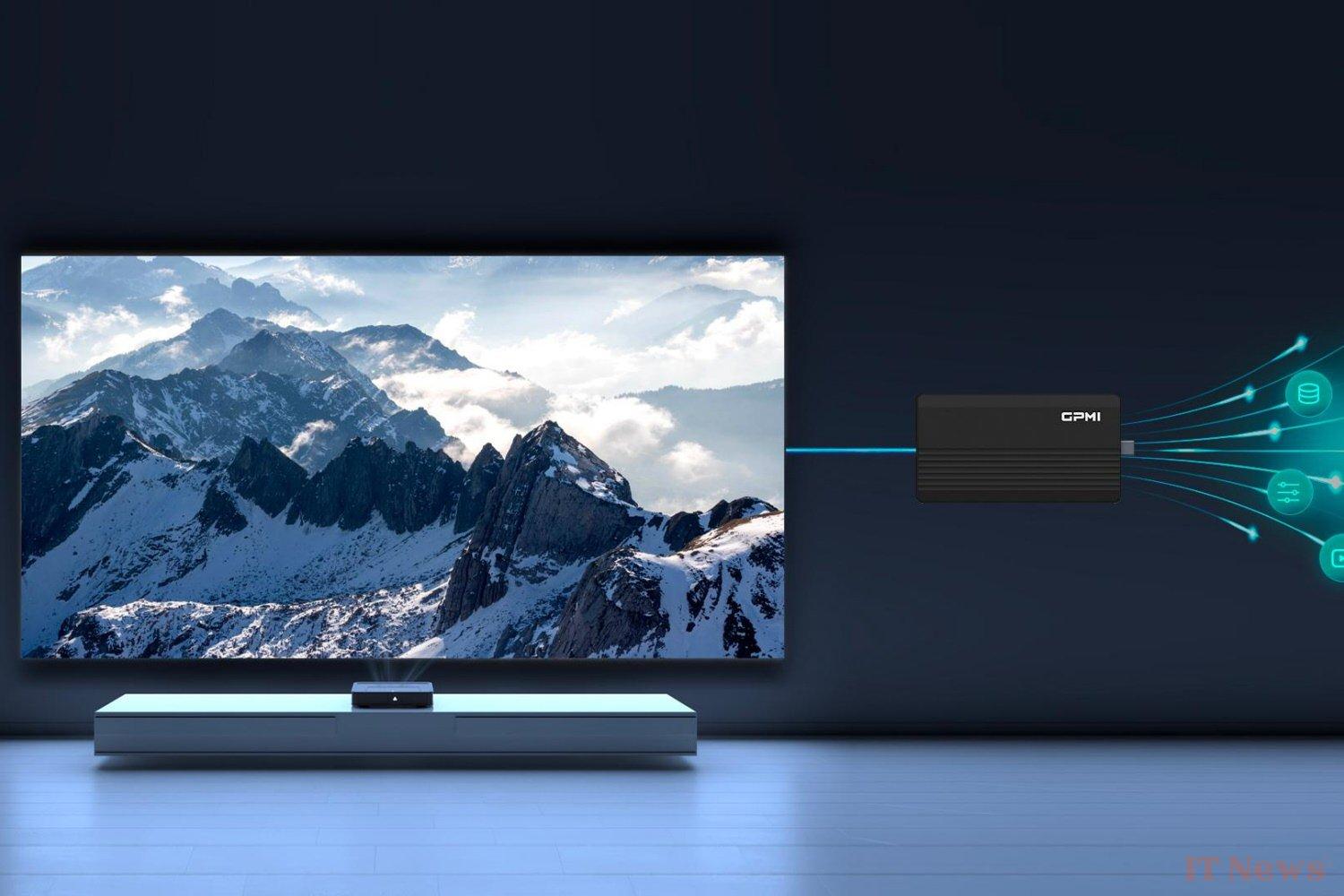United within the Shenzhen 8K UHD Video Industry Cooperation Alliance, these companies – including big names like Huawei and Hisense – wish to offer an alternative to HDMI and DisplayPort by emphasizing the simplification of connections while offering support for very high definitions like 8K. The GPMI is therefore presented as an integrated solution capable of transmitting both audiovisual data to high-speed data transfer and provide significant power delivery, all via a single cable.
One GDMI cable to rule them all and connect them in multimedia
Two versions of GPMI are expected to coexist, with distinct characteristics: a Type-C designed to be compatible with the USB-C standard, and a Type-B making use of a proprietary connector. The specifications of the Type-C connector have been defined to achieve a maximum bandwidth of 96 Gbps and an output power of 240 watts. This is already more than double the 40 Gbps bandwidth of USB4 and Thunderbolt 4 standards, and as much as the maximum power allowed by the latest revision 3.1 of USB Power Delivery (otherwise known as Extended Power Range).
The Type-B version of GPMI crosses the It takes it to a whole new level: it offers an impressive bandwidth of 192 Gbps and an output power of up to 480 watts. This configuration significantly outperforms other standards on the market, including DisplayPort 2.1 UHBR20 (80 Gbps, without power supply possible), HDMI 2.1 FRL (48 Gbps, also without power supply) and even Thunderbolt 4 (40 Gbps, only 100 watts). This capability could significantly simplify workstation setup by allowing the use of a single cable for both power and data transfer.
GPMI also incorporates advanced features, including security mechanisms, a fast wake-up function, and a universal control standard similar to HDMI-CEC that allows all connected devices to be controlled using a single remote control. The GPMI design also provides for bidirectional data flow, with the possibility of to intelligently configure the distribution of its eight 24 Gbps channels in different ways, thus adapting to various usage scenarios.
A standard with uncertain global adoption
The development of GPMI is the result of several years of collaboration, with the creation of a dedicated working group within the Chinese alliance in 2019. A key step was reached in December 2024 with the GPMI obtaining a specific identifier from the USB Implementers Forum (SVID 0XFF10), thus ensuring advanced integration of this new standard into the USB ecosystem.
The publication last February of a series of five collective standards formalizes the existence of a standardized, unified and scalable system for this new type of multimedia interface. Its adoption However, the global scale of this technology remains uncertain: it will depend on its speed of integration into common devices and its compatibility with existing cables and accessories.
Source: Hisilicon




0 Comments